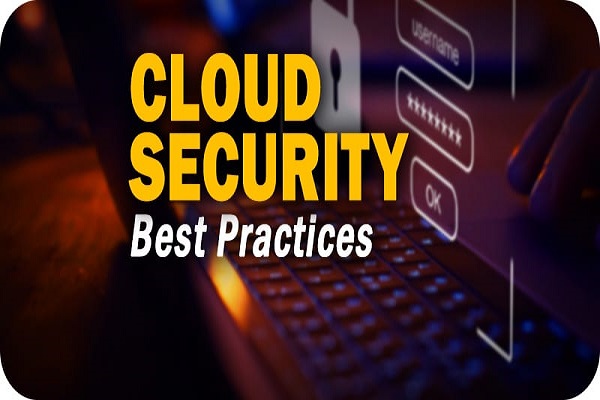Cloud security has become increasingly difficult due to the growing number of cloud applications and the dynamic nature of the cloud. To maintain your cloud security in a DevSecOps environment, you need to employ strategies that are specific to the cloud.
But what is this term that has been making rounds around the internet? Read on to understand DevSecOps meaning. DevSecOps has been around for years, and organizations that have practiced it, claim to be successful.
But how can you develop your own practices and use them to benefit your organization's security and productivity?
Here are the top strategies that make up DevSecOps.
Create A Culture of Security
To incorporate DevSecOps into your organization, you need to start by creating an environment where security is an integral part of your culture. It means changing the viewpoint of developers and allowing them to take over responsibility for security through implementing small changes in their daily work routines. Security should no longer be seen as an obstacle but rather as a part of the development process.
Read- How to secure your VPS Server
Use Code Scanning and Vulnerability Management Tools
Once you have created a security-minded culture, you need to use the appropriate tools to help developers with their security tasks. Code scanning and vulnerability management tools are essential for identifying and remediating vulnerabilities promptly. Integrate these tools into your CI/CD pipeline and automate the process of building, deploying, and testing apps that are free from vulnerabilities.
Perform Penetration Tests to Find Security Issues Early
Before you hand over your code for QA/UAT testing, it is essential to check its security by performing penetration tests. This will help you find vulnerabilities and security issues in your code and application architecture that malicious actors could exploit.
Implement Secure Coding Practices
Secure coding practices are essential for writing code that is less susceptible to attacks. Implementing these practices will help developers produce more secure code while also reducing the number of vulnerabilities in the code. It means that you need to help developers create secure coding standards and implement practices such as input validation, encryption, and authentication of all components in the code.
Establish Strong Cloud Security Policies
To defend your application against cyber-attacks, you need to establish strong cloud security policies. It means that you must secure all entry points into your infrastructure, implement advanced monitoring techniques and integrate security alerts into incident response plans.
Implementing DevSecOps is not just about QA/UAT testing and penetration testing – it is also about establishing strong cloud security policies. These policies should be enforced and include guidelines on the acceptable use of cloud resources, authentication mechanisms, access controls, and data protection.
Automate Security Tasks
In a DevSecOps environment, automating security tasks is essential for keeping up with the fast pace of development.
Automating tasks such as code scanning, vulnerability management, and penetration testing can help you identify and fix vulnerabilities faster. It can also help you manage the ever-changing security threats and new attack vectors.
There are several tools available that offer the automation of security processes. Use these tools to help you secure your applications and infrastructure.
Conduct Threat Modeling
According to Gartner, around 95 percent of cloud security failures are predicted to be the customer's fault.
Threat modeling is a highly effective way of identifying threats to your applications. For example, it can help you identify the different types of attackers who might want to exploit your application and its security measures, as well as their motives. In a DevSecOps environment, threat modeling is essential for identifying and remediating security issues as early as possible.
After threat modeling, you can revise your infrastructure design to protect against these threats.
These seven strategies listed above will help you maintain your cloud security with DevSecOps. By implementing these strategies, you can build secure software from the development stage onwards and significantly reduce the time it takes to find and fix existing vulnerabilities.
How to Get Started with These Strategies?
To maintain your cloud security in a DevSecOps environment, start by creating an environment where security is an integral part of your culture. It means changing the viewpoint of developers and allowing them to take over responsibility for security through implementing small changes in their daily work routines. Security should no longer be seen as an obstacle but as a necessary part of development.
It would be best to use the appropriate tools to help developers with their security tasks. Code scanning and vulnerability management tools are essential for identifying and remediating vulnerabilities promptly.
You must integrate these tools into your CI/CD pipeline and automate the process of building, deploying, and testing apps that are free from security vulnerabilities.
Now that you are clear with DevSecOps' meaning, you need to find the right way to implement it in your organization.

No comments:
Post a Comment